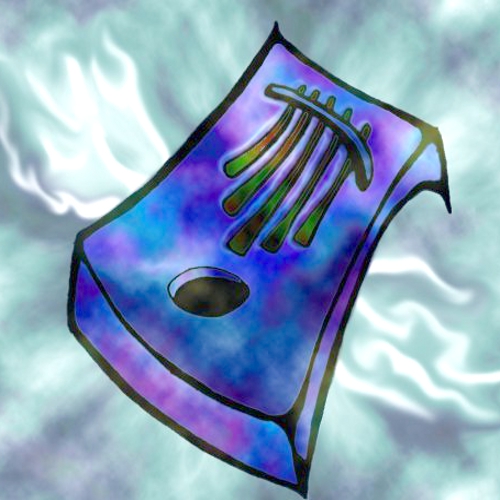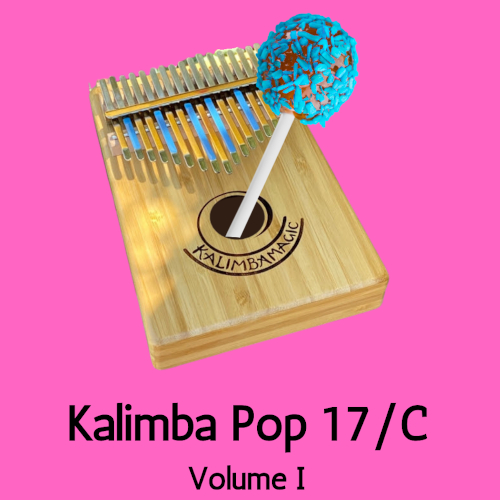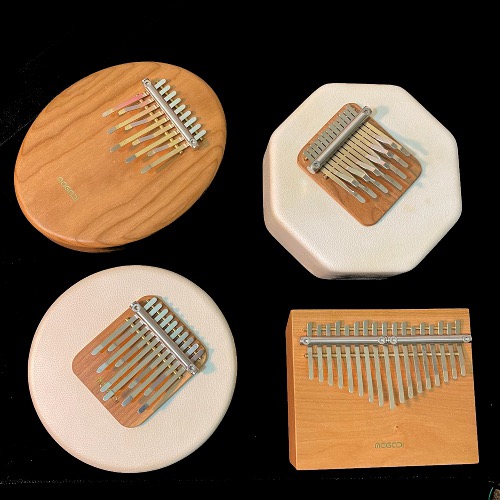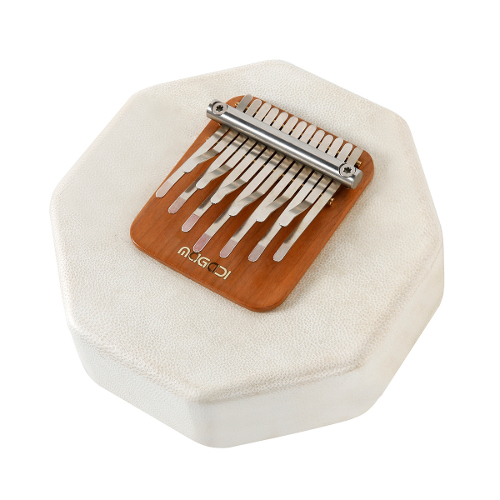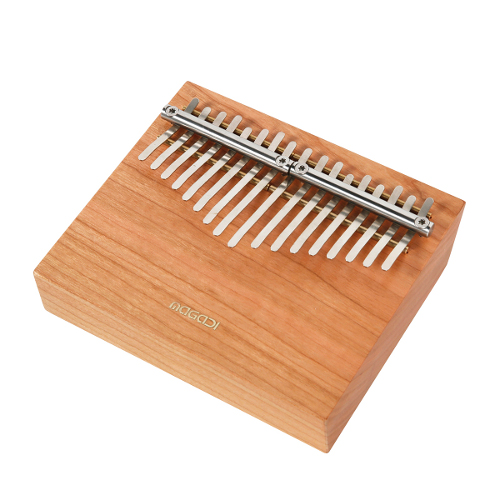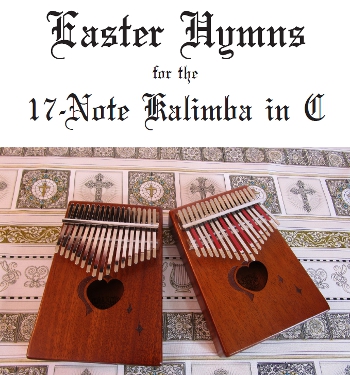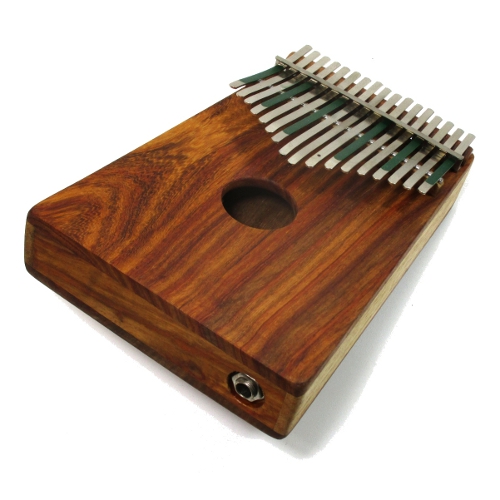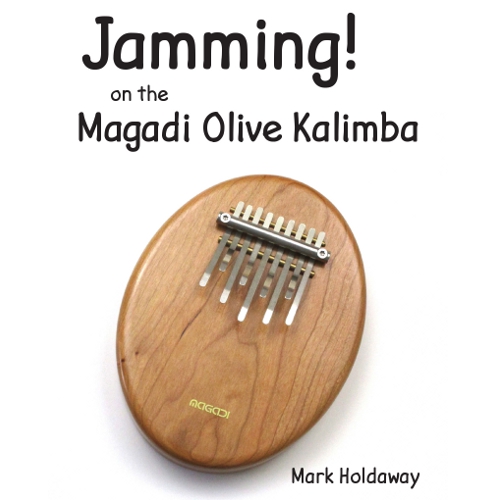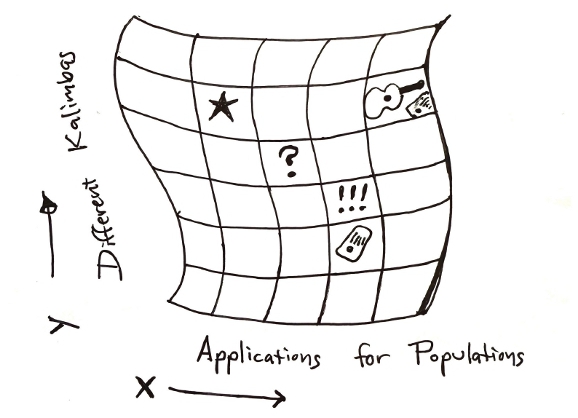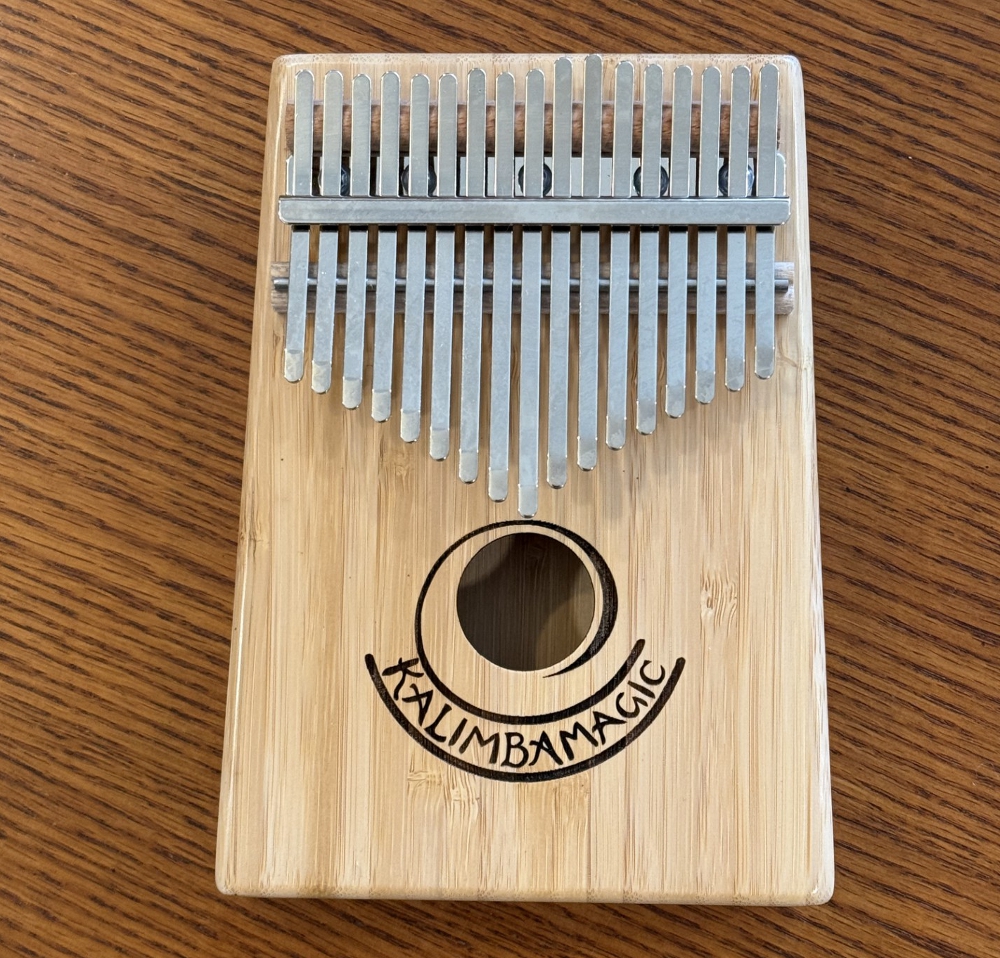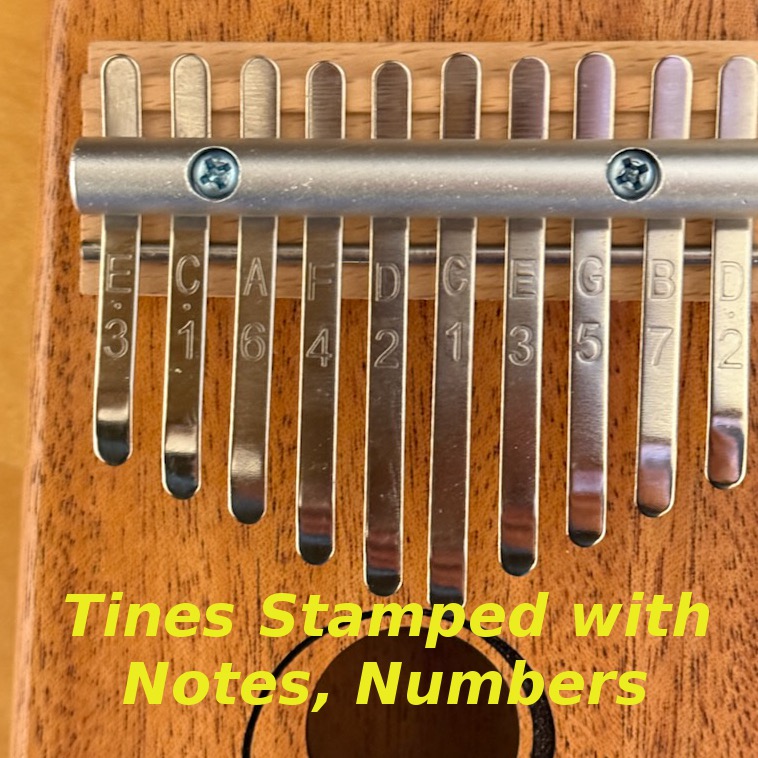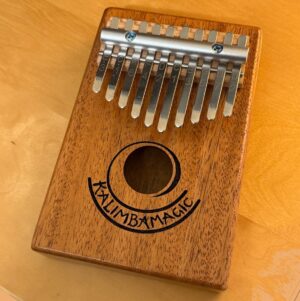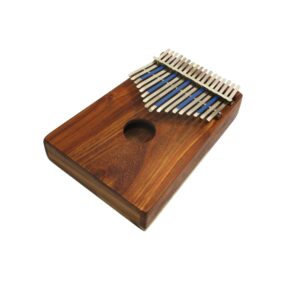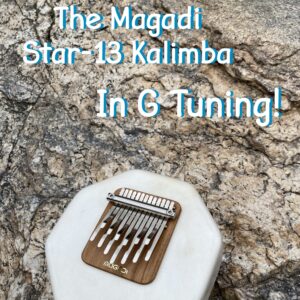
Classical Alto Available as a Download
This collection of 20 well-known classical tunes transcribed for Alto Kalimba has been available as a book for 12 years. Now it is available as a PDF download. The original book did not come with any sound recordings via CD or download. This PDF download has live links to web resident sound files. Click on them, and your web browser will play the song for you to hear how it goes. Once you learn to play the song, you can even play along, Our classical alto ebook includes: New World Symphony (Version 1) Joyful, Joyful We Adore Thee (Version 1) New World Symphony (Version 2) Brahm’s Lullaby (Version 1) Brahm’s
